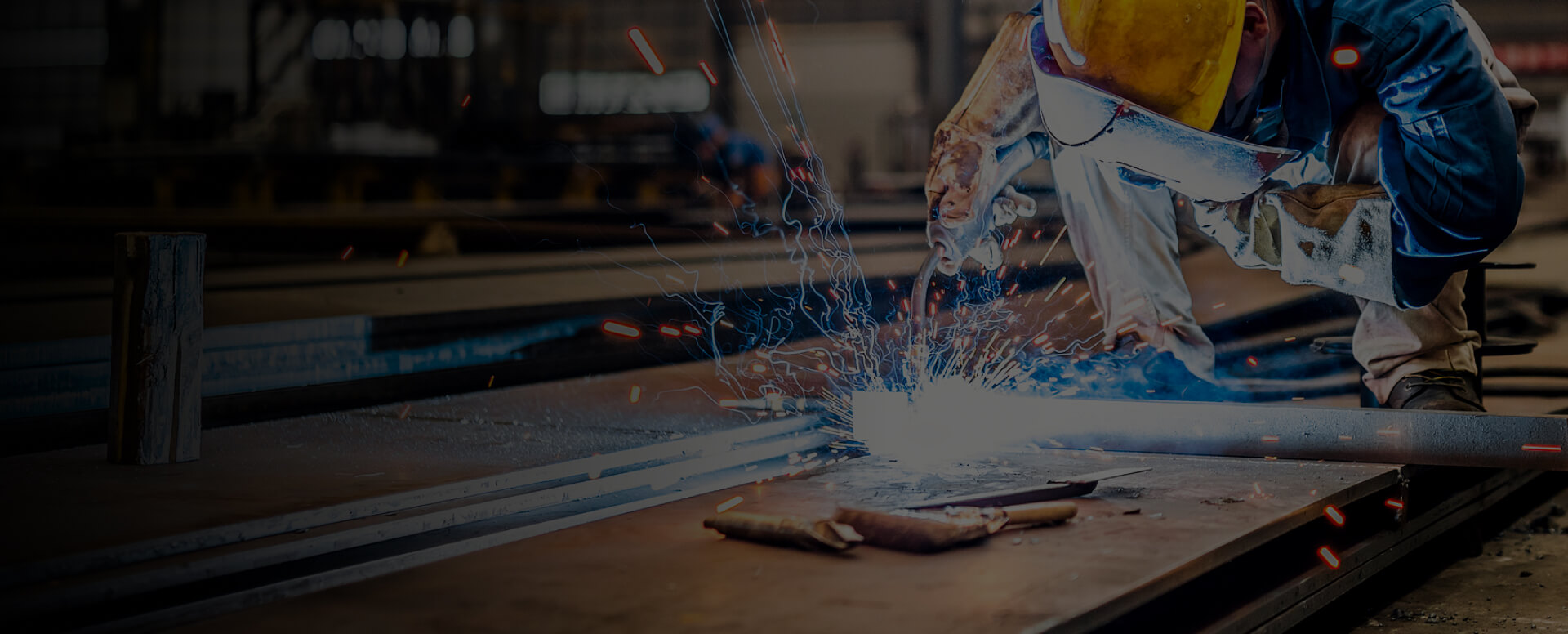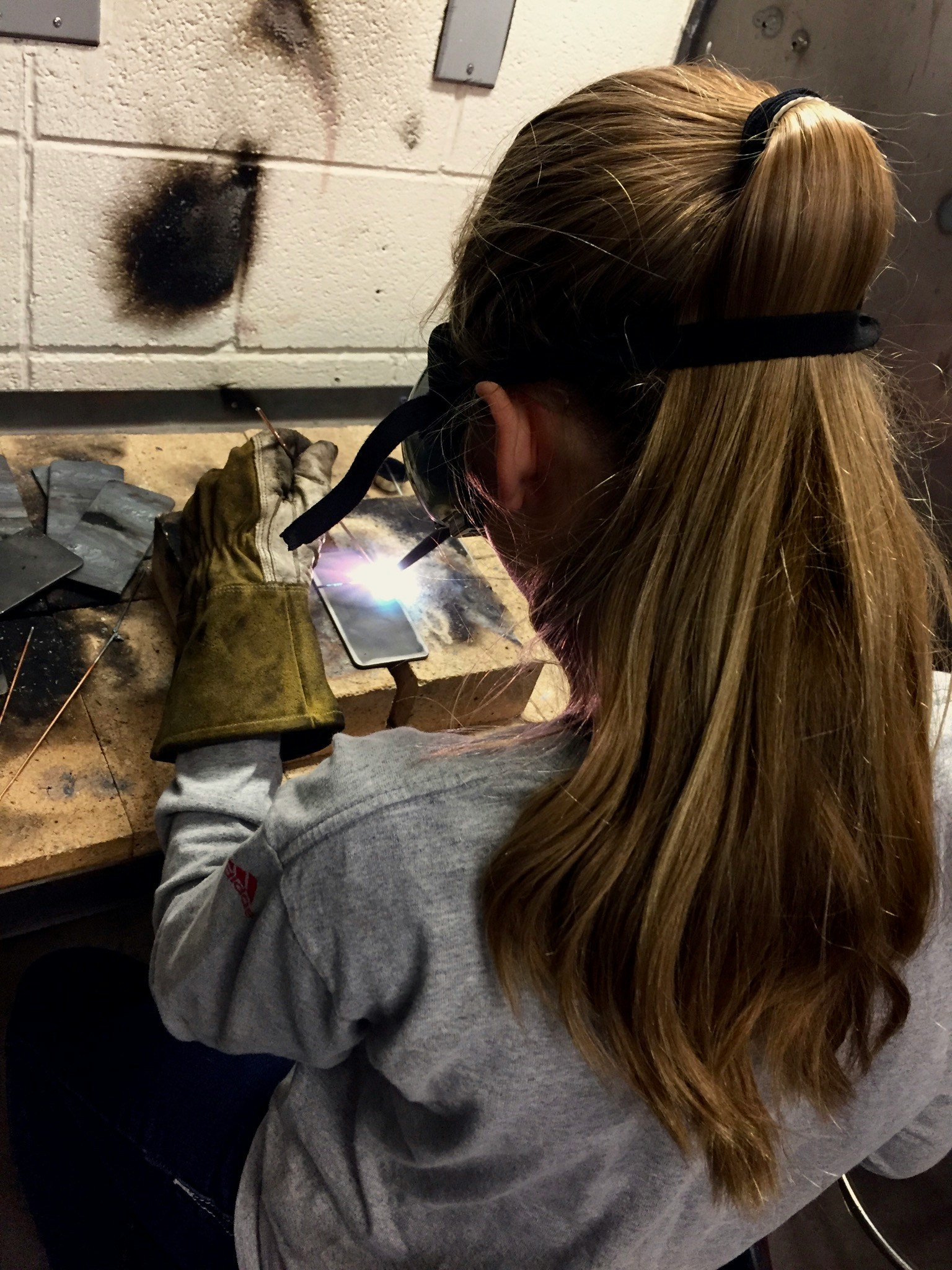
Phenomenon: Wire Balling During Arc Ignition
Root Causes: Material Properties vs. Welding Physics
Aluminum wire is soft and prone to bending, twisting, or tangling inside the liner. Unstable feeding leads to irregular wire extension and failed arc starts.
Aluminum instantly forms a high-melting-point oxide layer (2050 °C vs. aluminum’s 660 °C). This “insulating barrier” increases resistance to heat at the wire tip, causing premature melting.
Aluminum’s high conductivity spreads heat along the wire instead of concentrating at the tip. High currents (used to compensate for aluminum’s thermal conductivity) raise the risk of overheating.
Solutions: Smart Welder Features & System Upgrades
Modern inverters offer a soft start: gas and current initiate first, followed by slow wire feed. Reduces impact and allows stable arc establishment.
Automatically retracts the wire post-weld and uses arc time to melt away any ball. Ensures a sharp wire tip for the next ignition.
Use 4-drive rollers, Teflon liners, and U-groove guides to minimize friction. Keep wires clean and storage conditions dry to avoid oil or moisture contamination.
Why It Matters
Related Articles

Why AC Current Is Essential for Aluminum Welding?
Aluminum is everywhere—from smartphones and laptops to aerospace components—valued for its light weight, corrosion resistance, and aesthetic appeal. However, welding aluminum presents unique challenges that often require alternating current (AC) rather than direct current (DC). Here’s why.The Challe

What is the typical cost of mig welding?
Understanding MIG Welding Costs: A Detailed BreakdownThe cost of MIG welding can vary significantly depending on the scale and complexity of the project. For small DIY tasks, expenses may be relatively low, with basic equipment ranging from 400 to 2000. In contrast, large commercial or industrial pr

What Are The Compounds in Welding Fumes And Their Associated Health Risks?
Welding fumes pose significant health hazards, with the International Agency for Research on Cancer (IARC) classifying all welding fumes as Group 1 carcinogens. Beyond cancer, exposure can lead to acute and chronic issues, including cardiovascular, neurological, hematological, and renal diseases. Pr

How Does Plasma Cut Rock?
Yes, plasma can cut rock, but effectiveness depends on rock composition, plasma temperature, and operational costs. This process utilizes extreme heat from ionized gas to melt or vaporize geological materials.Principles of Plasma-Rock InteractionThermal MechanismsPlasma cutting relies on transferrin

Does Plasma Cutting Harden Steel? Understanding Thermal Effects and Mitigation
Plasma cutting can induce localized hardening in the heat-affected zone (HAZ), with the extent of this hardening depending on factors such as cutting speed and steel composition. This article examines the mechanisms, research findings, and practical implications of plasma-induced hardening.How Plasm

Mastering MIG And TIG Welding: 5 Essential Torch Techniques for Flawless Results
Welding is an art that combines precision, skill, and a deep understanding of materials. Whether you're an experienced professional or a beginner, refining your torch techniques in MIG and TIG welding can elevate your work from functional to exceptional. Here are five key methods to help you achieve

